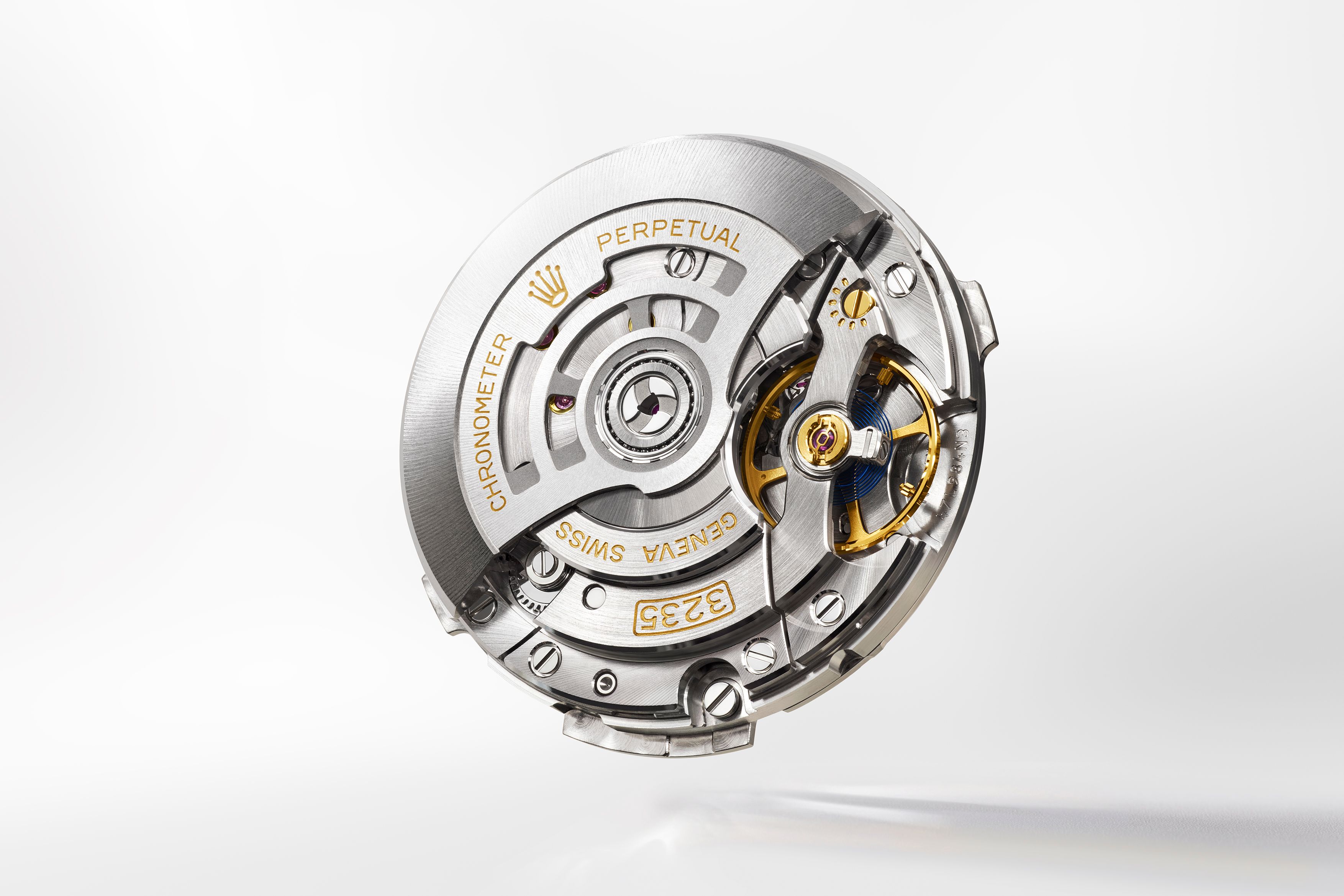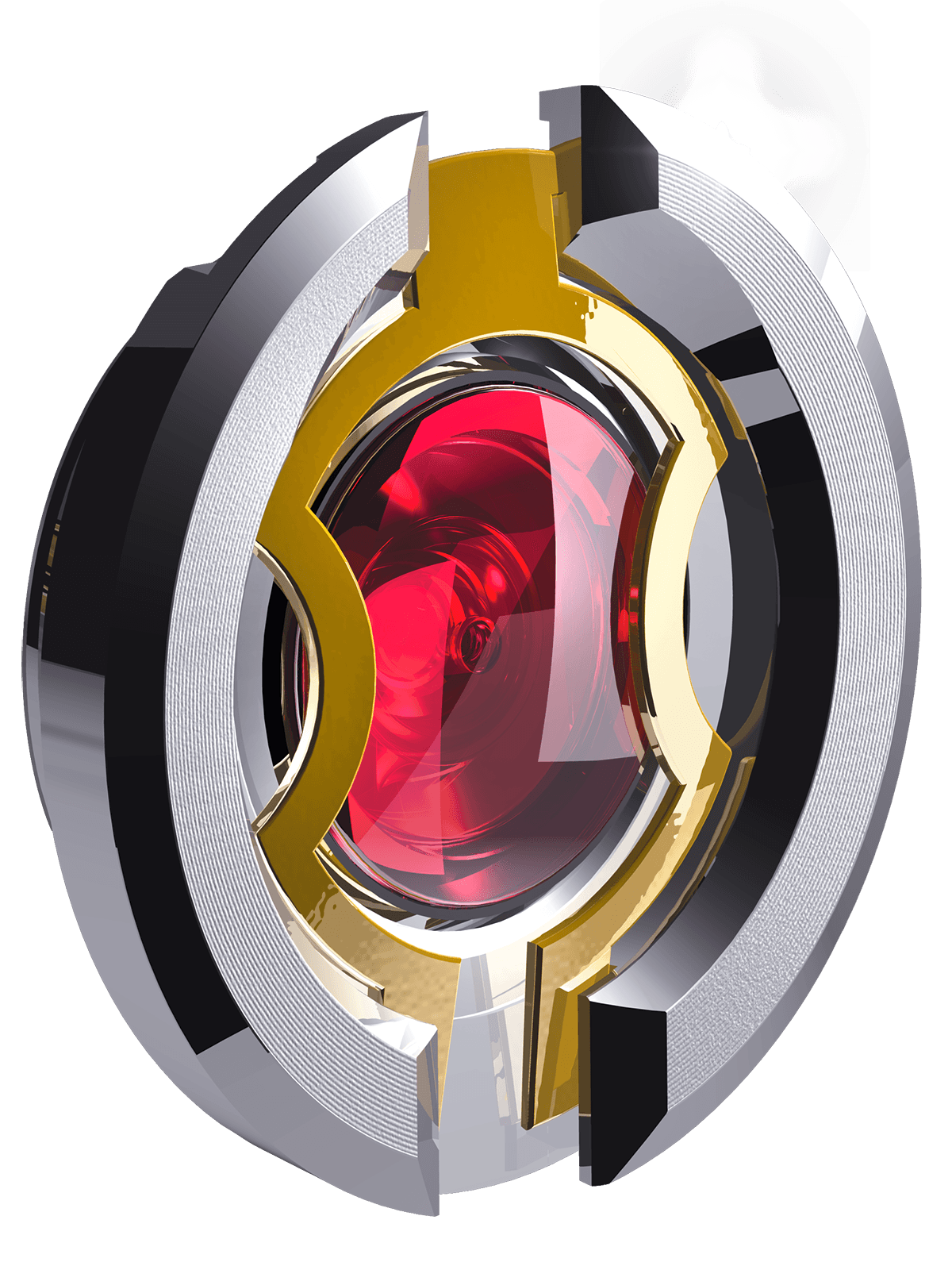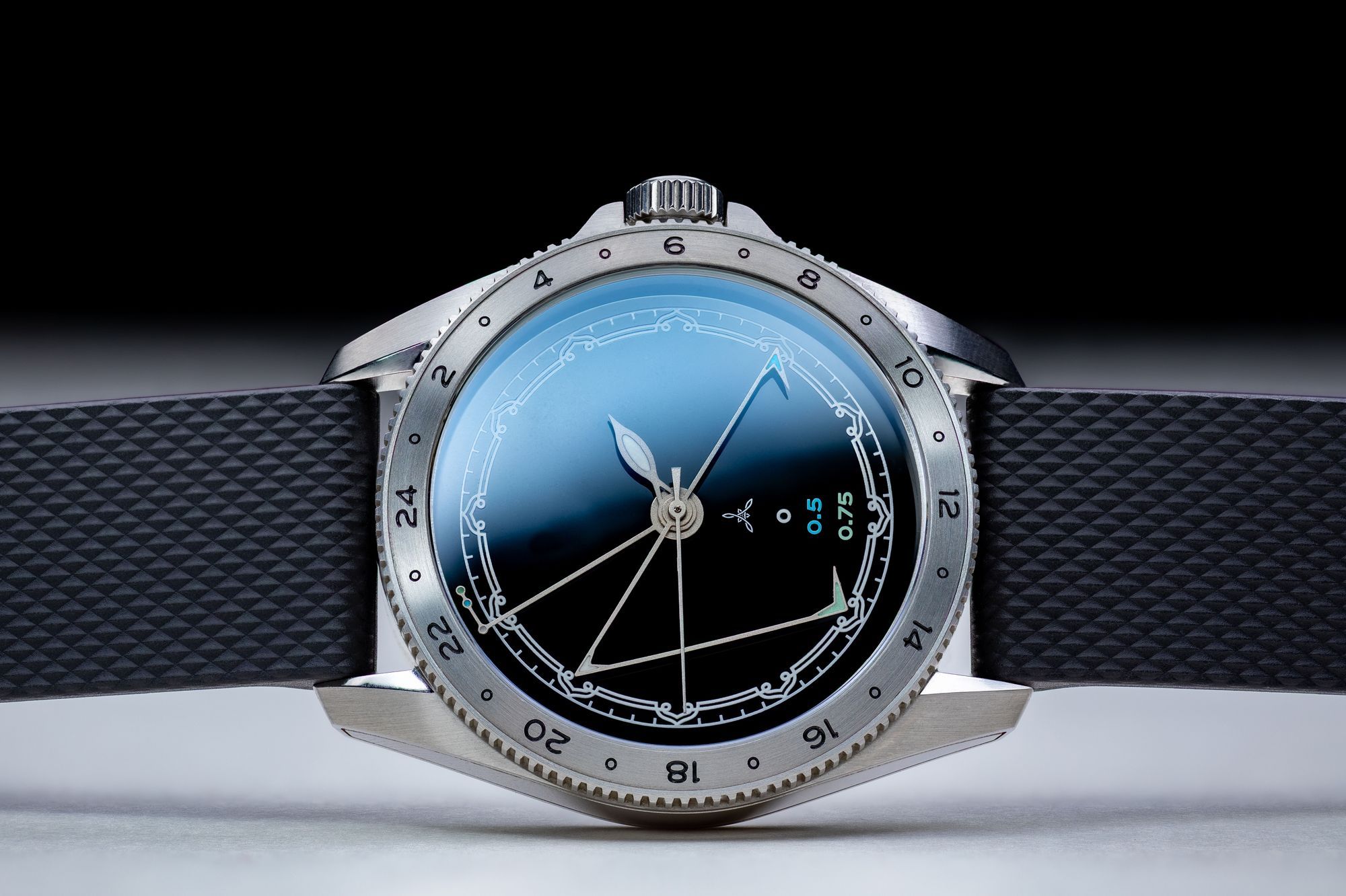Know Your Watches: Watch Glossary
Watch terms can be quite a headscratcher as there are several components in a watch. Each component has a purpose making it hard to remember what role each part plays. This watch glossary will act as a timeless reference point explaining any and every term related to horology. Arranged alphabetically and broken into four parts, this second part refers to watch terms from letters H to K.
Hacking
Hacking, or “stop seconds,” is a function in mechanical watches that allows the second hand to halt when the crown is pulled out, making it easier to set the time accurately. This feature enables precise synchronization with an external time source, an essential tool for those who value punctuality. This is especially appreciated in military-style watches, where precision timing is crucial.
Hand-Wound Movement
A hand-wound movement, also called a manual movement, relies on the wearer to wind the crown periodically to keep the watch ticking. Unlike automatic movements that wind as you move your wrist, these require manual winding, a practice cherished by traditionalists who enjoy the routine and tactile connection with their timepiece. Hand-wound watches often feature slimmer cases due to the absence of a rotor, adding to their appeal.

Helium Escape Valve
For professional divers, a helium escape valve is an essential component in deep-sea watches. When exposed to helium-rich environments, such as those in saturation diving, helium molecules can enter the watch case. The helium escape valve allows the gas to exit safely during decompression, preventing the crystal from detaching due to pressure changes. This feature is a hallmark of high-performance dive watches from brands like Rolex and Omega, designed for serious underwater explorers.
Horology
Horology, the art and science of measuring time, is at the heart of the watch industry. It encompasses everything from the design and production of timepieces to advancements in watch technology. Whether you’re a watchmaker, collector, or simply an enthusiast, being passionate about watches and clocks makes you a part of the horology community. This field is a blend of tradition and innovation, with watchmakers continuously pushing boundaries in craftsmanship and precision.

Index
An index in watchmaking refers to the hour markers on a watch dial. These markers can be simple lines or shapes representing the hours and are often crafted from luminous materials to ensure visibility in low light. Indices can be minimalistic or intricate, crafted from metals or ceramics, adding to a watch's aesthetic and functional value.
Incabloc
The Incabloc shock protection system is a small yet vital part of mechanical watches. Designed to protect the movement’s delicate balance wheel from impact, this system uses a spring-mounted jewel to absorb shocks and prevent damage. It’s a common feature in mechanical watches, offering durability and resilience, especially in models that prioritize ruggedness.

In-House Movement
An in-house movement is designed, produced, and assembled by a watch brand within its own facilities, reflecting the brand’s dedication to engineering and exclusivity. Many prestigious brands, such as Rolex, Seiko, and Patek Philippe, are known for their in-house movements. These movements highlight a brand’s technical capabilities and often enhance a watch’s value by showcasing proprietary innovation and craftsmanship.
Jewel
In the intricate world of watch movements, jewels are synthetic rubies or sapphires placed at crucial pivot points to reduce friction. These jewels, which can range from 17 in basic movements to 30 or more in complex designs, prevent wear on metal components, thereby extending the movement’s lifespan and ensuring smooth performance. Jewels are essential to maintaining the longevity of mechanical watches.
Jumping Hour
The jumping hour complication is a unique way of displaying time, with an hour that “jumps” to the next number at each hour, unlike traditional watches with an hour hand that gradually moves. This digital-style hour display is often found in dress watches and avant-garde designs, adding a modern twist to classic timekeeping.

Karat (K)
Karat, often abbreviated as “K,” measures the purity of gold in a watch. Pure gold is 24-karat but is usually too soft for durable watch cases. Thus, gold watches are often 18-karat (75% gold) or 14-karat (58.5% gold) to balance durability with luxury. Gold can be mixed with other metals, like copper for rose gold or palladium for white gold, creating various shades to suit different tastes.
Kinetic Movement
A kinetic movement combines the accuracy of quartz with the convenience of automatic charging. Introduced by Seiko, this movement uses a rotor that generates electricity from wrist motion, storing power in a rechargeable battery. Kinetic watches offer the precision of quartz and an eco-friendly, battery-free experience, making them a popular choice for environmentally conscious collectors.
The world of horology is brimming with unique terminology that not only describes the technical features of a watch but also captures the art and heritage of watchmaking. From understanding the function of a helium escape valve in dive watches to appreciating the artistry of a jumping hour complication, these terms reveal the craftsmanship and innovation that go into creating luxury timepieces. As you continue to explore the language of watchmaking, you’ll find that each term offers a glimpse into the precision and passion behind every watch.
No articles found





